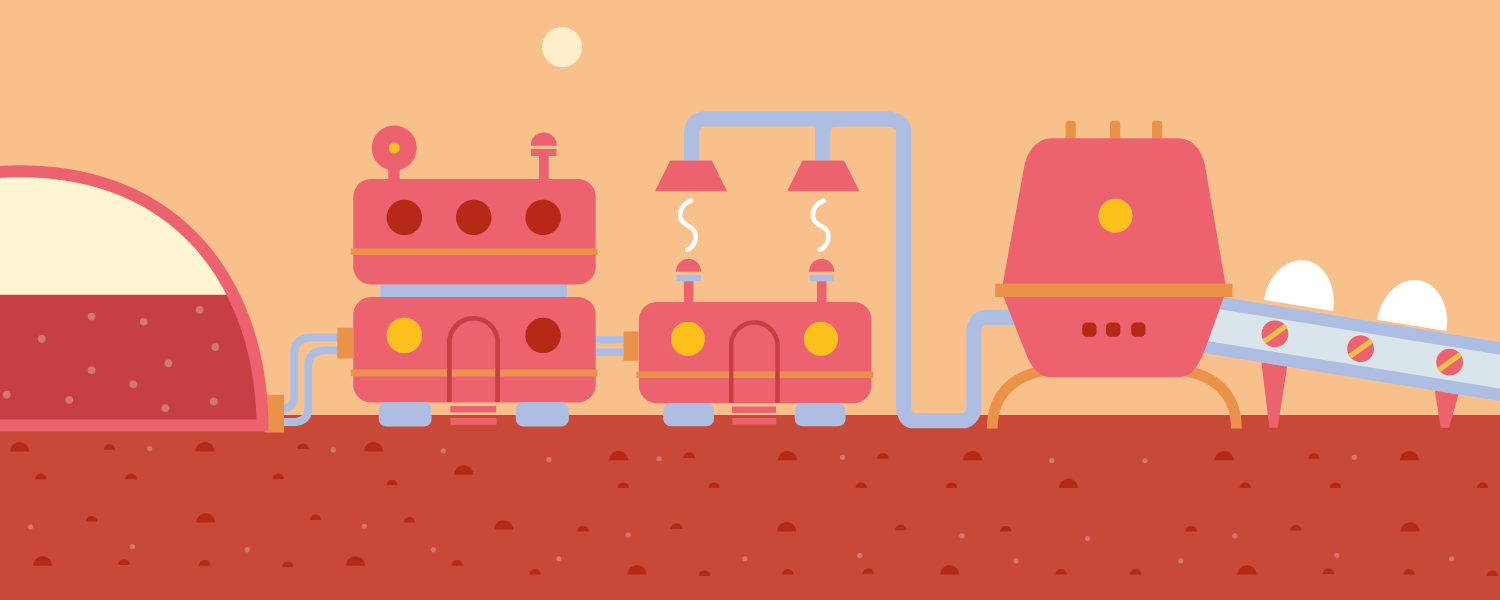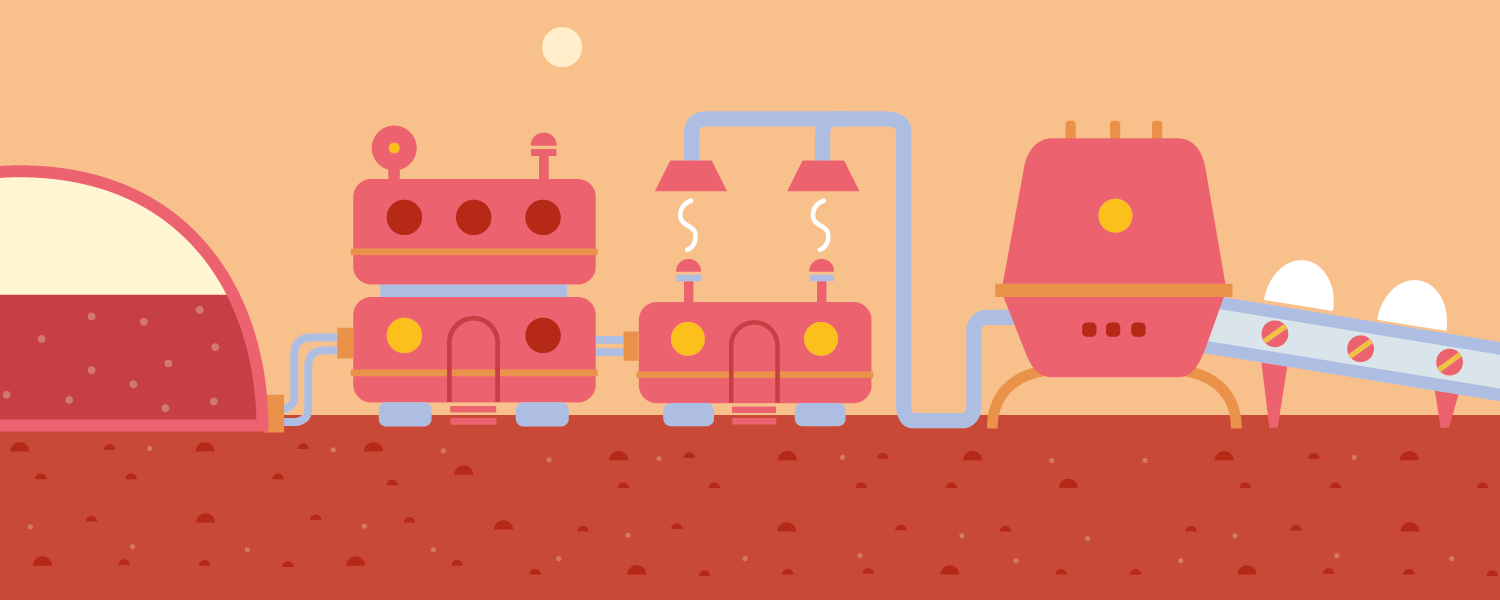

To suggest that space is a harsh environment is an understatement. It’s a place of extreme and unusual temperatures, unpleasant atmospheric toxins, and it’s lacking in the resources to which humanity has become accustomed. Actually, doesn’t that sound a bit familiar?
Planet Earth can be a harsh environment, too. The fundamentals needed to support life–air, water, materials, energy, and food–are under threat. Civilization is facing intense and complex challenges like climate change, drought, and soil degradation. We’ve started to bump up against various limits to our growth.

To date, humans have shown an amazing ability to come up with solutions to those limits by unlocking new oil reserves, mining rare metals, or disposing of waste in imaginative ways. But that’s not the end game. In a linear model of take, make, and dispose, we face supply risks, large volumes of waste, and natural-systems degradation. This is something we’ll have to change as we broaden our cosmic horizons.
But people are beginning to think differently, reimagining our society so that it flourishes under these new conditions. The circular economy is one solution–a framework for a system inspired by nature that is regenerative and restorative by design. It’s a model grounded in systems thinking, which understands and values flows of materials, energy, and information.
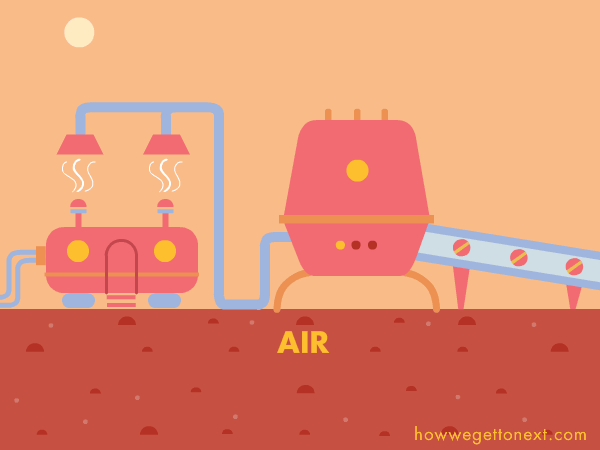
This kind of thinking is likely to prove key to the design of any colony we build in space. On Earth, we can’t keep using resources the way we do now, but on Mars we won’t have that luxury in the first place. The European Space Agency knows this: Just take a look at its closed-loop MELiSSA concept, designed to support a regenerative extraterrestrial outpost.
So there’s a symmetry between the changing understanding of our world today, and the knowledge and skills needed to colonize other planets in the future. Fortunately, some principles can help guide both endeavors.

Firstly, there’s the need to preserve and enhance natural capital. This means reducing the need for resources, but also choosing materials, technologies, or processes that encourage flows of nutrients within the system.
Agriculture offers the clearest example: Rather than depleting soil fertility and making up the shortfall with fertilizers, an approach that keeps nutrients in the soil will be more productive and resilient in the long term. Martian soil does contain the base nutrients required for plant growth, but enhancing this with biodiversity–as well as fungal and microbial networks–is essential to long-term success.
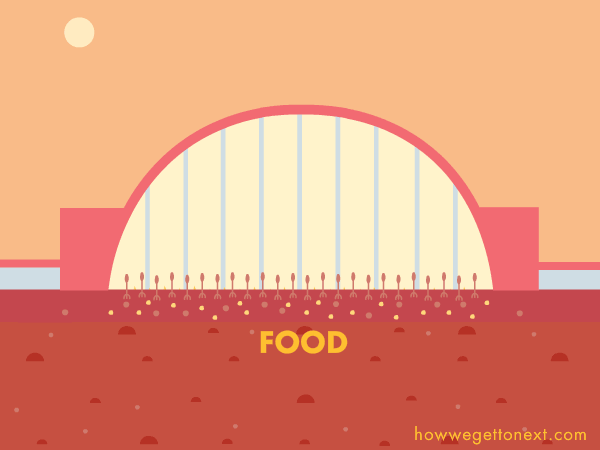
Establishing a Martian settlement will require a lot of technical kit, with irregular resupply visits from Earth. This requires a different sort of loop, one in which we circulate products, components, and materials.
We’ll need to design essential equipment with maintenance and repair in mind, and choose materials that can be repeatedly broken down and fed back into the loop to create new stuff. We can squeeze more value out of biological materials, too, by extracting valuable chemicals and energy and feeding them back into a biological loop.
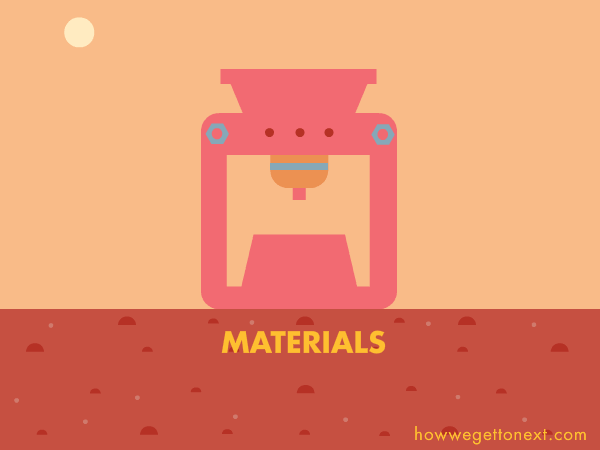
Adopting these principles would make a continually operating Mars base far more realistic. So if we’re planning to stick around there, incorporating these ideas into the designs will be vital. Doing this retrospectively is hard, and has held back positive progress here on Earth–but with a clean slate on Mars, we could get it right from the outset. There’s simply no alternative.


How We Get To Next was a magazine that explored the future of science, technology, and culture from 2014 to 2019. This article is part of our Above & Beyond section, which looks at our understanding of the universe beyond Earth. Click the logo to read more.

